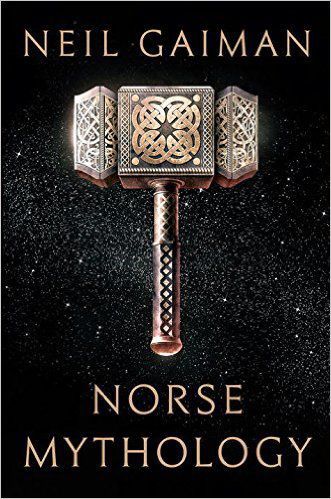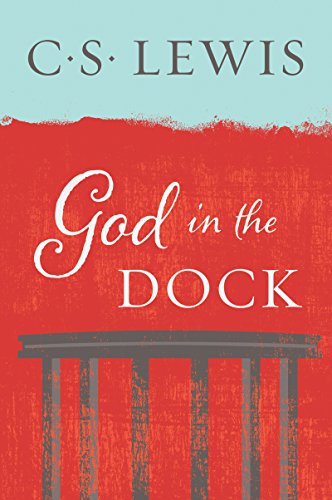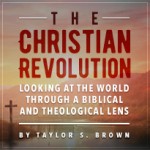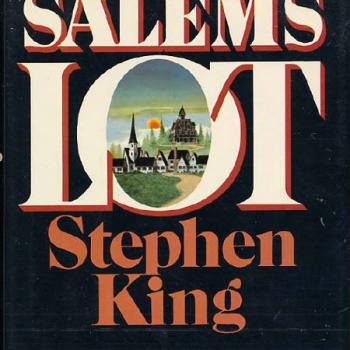I just recently finished up Neil Gaiman’s book on Norse mythology aptly titled, Norse Mythology (W. W. Norton & Company, 2017). This was my first time to read Gaiman, famous for his various novels. Thus, Norse Mythology served as an interesting jumping in point for me. This is because Gaiman is not so much writing an original narrative, but is instead condensing and editing the plethora of myths and stories about the Norse gods, giants, and monsters. While any condensation of such a wide variety of tales will inevitably result in some loss of nuance, Gaiman is able to weave an elegant and engaging retelling of the Norse pantheon.

While Gaiman’s book is an excellent read in its own right, it got me thinking about how myths shape and form us. And let me say first off, that when I use the word “myth” here, I do not at all mean it in the sense of “a false or unfounded notion.” Instead I mean it more in the sense of Merriam-Webster’s most recent definition: “a usually traditional story of ostensibly historical events that serves to unfold part of the world view of a people or explain a practice, belief, or natural phenomenon.” Myths, in this sense, may or may not have historically happened. Sometimes there are elements that have roots in history with later accretions. Sometimes the myths take place in a primordial, ahistorical setting. But the historicity of myths are not really the point of the tales.
Myths are meant to communicate truths that are timeless in some sense or form. These can often be myths related to a nation, a people, or some sort of experiential phenomenon. The point of the myths though is that they provide meaning, but not in a detached, abstract sense. The myths about Thor—the giant-slaying Norse god of thunder—seek to communicate something about the way in which the lightning and storms of the sky are strong, volatile, and uncontrollable. The myths of Odin hanging on the World Tree and giving up one of his eyes to Mímir communicate how valuable the pursuit and possession of wisdom is. The tragic myth about Balder’s death at the hands of the scheming Loki speaks of the tragedy involved when beauty is lost.
As far as we can tell none of these Norse myths have any basis in history. Indeed, the setting of most of the great myths are set in a “time before time.” This is often seen in many of the Greek and Roman myths as well. And yet, the myths communicate something to us that a mere “scientific” or “empirical” explanation of reality cannot. Myths, in the way they present principals and truths (even if only fractured truths in the wake of the fallenness of the world) in the form of story, communicate in ways that mere abstractions cannot.
C. S. Lewis captures this reality well in his essay, “Myth Became Fact” in God in the Dock (Eerdmans: 1970):
In the enjoyment of a great myth we come nearest to experiencing as a concrete what can otherwise be understood only as an abstraction. At this moment, for example, I am trying to understand something very abstract indeed—the fading, vanishing of tasted reality as we try to grasp it with the discursive reason. Probably I have made heavy weather of it. But if I remind you, instead, of Orpheus and Eurydice, how he was suffered to lead her by the hand but, when he turned round to look at her, she disappeared, what was merely a principle becomes imaginable. You may reply that you never till this moment attached that ‘meaning’ to that myth. Of course not. You are not looking for an abstract ‘meaning’ at all. If that was what you were doing the myth would be for you no true myth but a mere allegory. You were not knowing, but tasting; but what you were tasting turns out to be a universal principle. The moment we state this principle, we are admittedly back in the world of abstraction. It is only while receiving the myth as a story that you experience the principle concretely.
When we translate we get abstraction—or rather, dozens of abstractions. What flows into you from the myth is not truth but reality (truth is always about something, but reality is that about which truth is), and, therefore, every myth becomes the father of innumerable truths on the abstract level. Myth is the mountain whence all the different streams arise which become truths down here in the valley; in hac valle abstractionis [‘In this valley of separation.’]. Or, if you prefer, myth is the isthmus which connects the peninsular world of thought with that vast continent we really belong to. It is not, like truth, abstract; nor is it, like direct experience, bound to the particular. (pp. 57-58)

Myths are something experienced as though tasting. They are visceral, even somewhat tangible. It is why the great myths of the ages, even if not historical, still captivate us. The great myths of people like the Greeks, the Romans, and the Norse (as well as of non-Western cultures such as China and Japan) tell stories riven through with great wisdom, albeit fractured and interwoven with error as well.
Of course, Christian thought contains myth as well. The Genesis creation accounts are widely agreed upon by scholars to be within the genre of ancient, Near-Eastern creation myths. They speak of a primordial origin, of a progenitor man and woman, and of the events that led the world to the state it is in. But they are absolutely true myths, whether they are historical or not. Later stories, such as St. George slaying the dragon, come to mind as well.
Of course, Christian tradition and the biblical narrative is filled with historical events as well. The historical kingdom of Israel and its tragic fall into exile is a notable example. And of course the preeminent example is the life, death, and resurrection of Jesus. The Incarnation is the merging—the reconciliation really—of myth and history. It is, as Lewis put it, “myth become fact”:
Now as myth transcends thought, Incarnation transcends myth. The heart of Christianity is a myth which is also a fact. The old myth of the Dying God, without ceasing to be myth, comes down from the heaven of legend and imagination to the earth of history. It happens—at a particular date, in a particular place, followed by definable historical consequences. We pass from a Balder or an Osiris, dying nobody knows when or where, to a historical Person crucified (it is all in order) under Pontius Pilate. By becoming fact it does not cease to be myth: that is the miracle. I suspect that men have sometimes derived more spiritual sustenance from myths they did not believe than from the religion they professed. To be truly Christian we must both assent to the historical fact and also receive the myth (fact though it has become) with the same imaginative embrace which we accord to all myths. The one is hardly more necessary than the other. . .
. . .Those who do not know that this great myth became Fact when the Virgin conceived are, indeed, to be pitied. But Christians also need to be reminded. . .that what became Fact was a Myth, that it carries with it into the world of Fact all the properties of a myth. God is more than a god, not less; Christ is more than Balder, not less. We must not be ashamed of the mythical radiance resting on our theology. . . For this is the marriage of heaven and earth: Perfect Myth and Perfect Fact: claiming not only our love and our obedience, but also our wonder and delight, addressed to the savage, the child, and the poet in each one of us no less than to the moralist, the scholar, and the philosopher. (pp. 58-60).
It is often said that humans make myths. It is probably more accurate to say that our myths makes us. It is thus important to read good myths, for they can educate us in ways that mere abstractions cannot. And this is all the more so with the Myth Become Fact.














